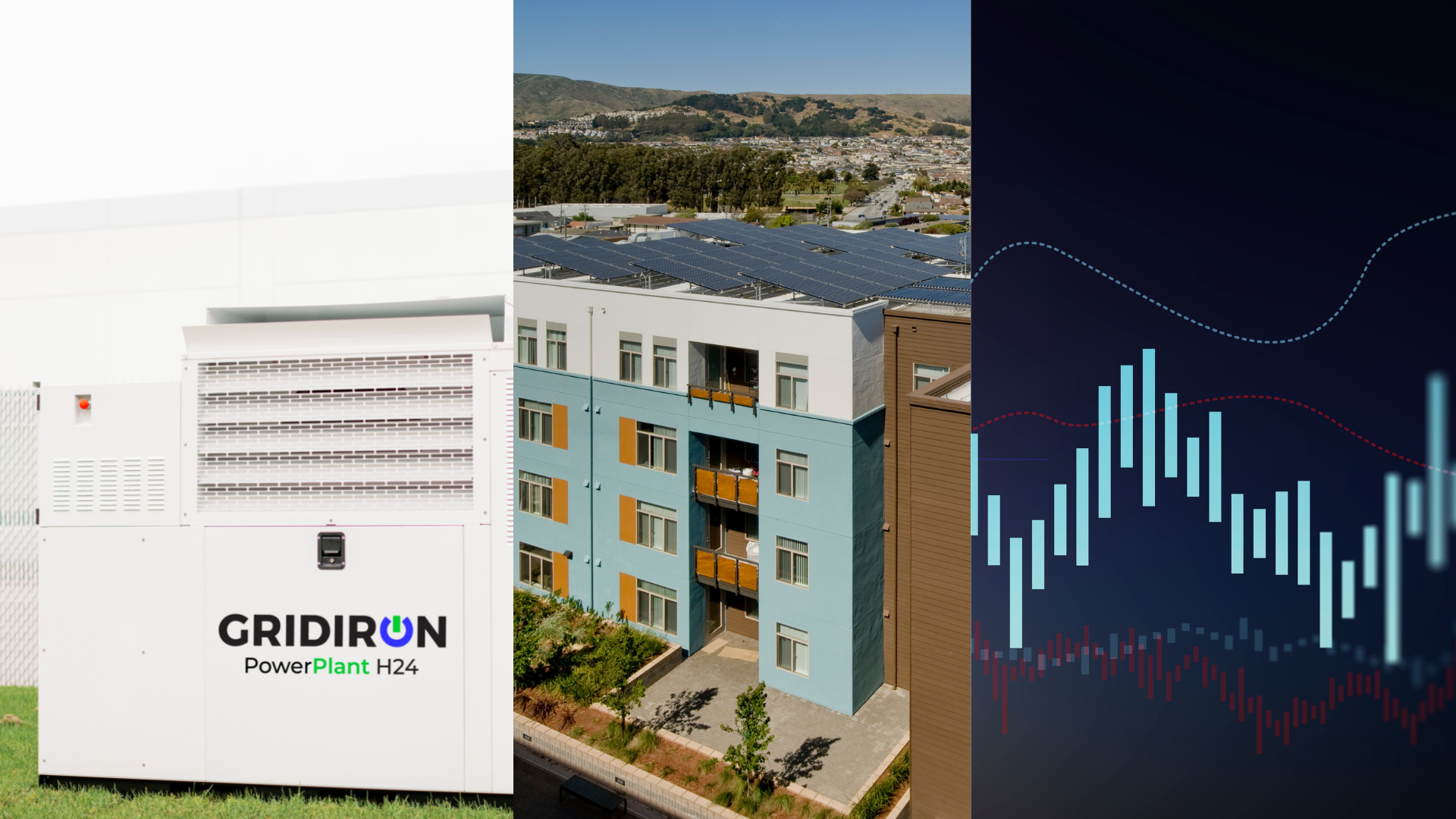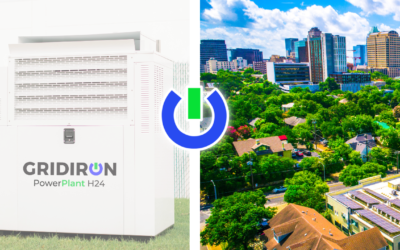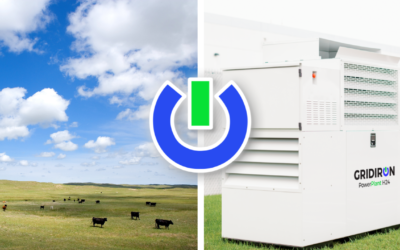Integrating DERs into the energy infrastructure significantly benefits society by providing advanced energy technology that distributes and diversifies the current energy mix. End users benefit from long-term cost savings, market efficiencies, economic development, and increased sustainability.
Distributed Energy Resources (DERs) are an increasingly popular topic of conversation because of one key advantage: DERs benefit everyone. The implementation of DERs into the current energy infrastructure will lower costs, benefit end users, and provide sustainable energy solutions.
Customers See Long-Term Cost Advantage Through Minimized T&D Investment
Transmission and distribution (T&D) demand costly investments of time and resources through line losses and the necessary upgrades for modernized distribution from centralized energy systems.
Line Losses.
Transmission lines necessary to distribute energy from power plants to end users in a centralized system result in energy loss. The EIA estimates that T&D resulted in a 5% loss of electricity between 2016 and 2020.
Capital Investment.
Transmission lines also require upgrades and maintenance. A U.S. Department of Energy report from 2015 stated that 70% of transformers and 70% of transmission lines were more than 25 years old, and 30% of circuit breakers are more than 30 years old. As this equipment ages past its intended life expectancy, it will increase costs for upgrading and maintaining the equipment.
Distributed energy resources eliminate transmission and distribution costs because they are located onsite, where the energy is ultimately consumed. An increase in DER implementation will decrease the investment in T&D and result in long-term cost savings.
Customers Benefit Through Shifted Market Power
As distributed energy displaces generation from the standard centralized system, consumers benefit from market efficiencies as DER providers compete for this business, further reducing the cost of DERs. Consumers can own their power generation on their side of the meter, putting pressure on the utility to deliver cheaper more reliable power, benefiting all users.
As DERs are implemented into the nation’s infrastructure, the projects will lead to economic development and job growth through the production and installation of DERs. Consumers will also see a tax benefit because as public buildings take advantage of lower energy costs, taxes to fund public facility operations will decrease.
Substantial Societal Benefits Through Increased Sustainability
DERs add sustainability to the nation’s energy infrastructure. Energy systems will be able to meet increased future demand as DERs increase the supply and capacity of centralized grid systems.
The methods and sources of the energy supplied by DERs are cleaner. GRIDIRON’s PowerPlant H24, which is a micro-Combined Heat and Power unit that uses cleaner-burning natural gas or propane to operate is an example of a DER that produces energy with reduced emissions. DERs, including the PowerPlant H24, can also integrate with renewable resources, such as using renewable natural gas or pairing with solar panels. In the case of the PowerPlant H24 micro-CHP, it makes renewable resources such as solar more effective because it compensates for intermittency when the sun might not be shining.
Integrating DERs into the energy infrastructure will integrate environmentally friendly and sustainable power into the energy mix.
Learn More About the PowerPlant H24
GRIDIRON’s PowerPlant H24 is a unique solution for bringing your own DER onsite with a modular, easy-to-install, quiet engine.
Learn more about micro-CHP’s role in the DER transition here: gridironenergy.com.



